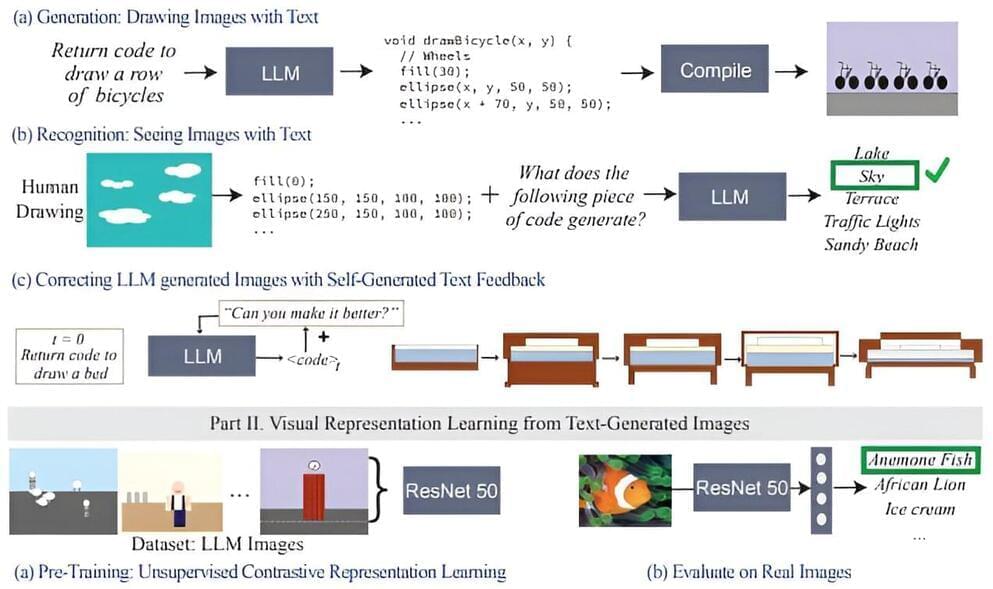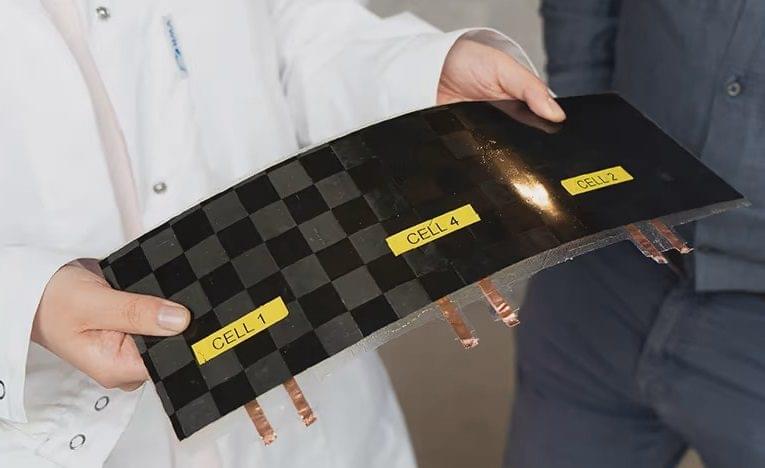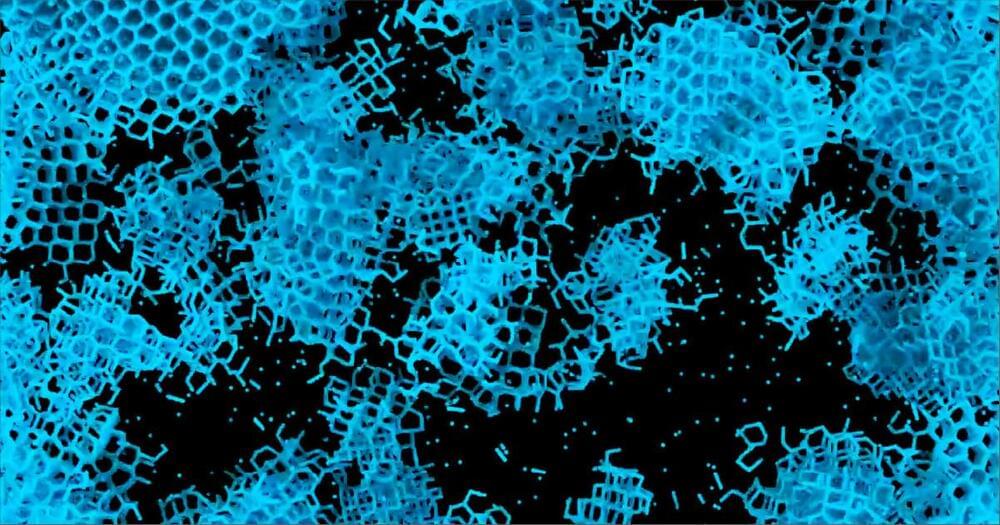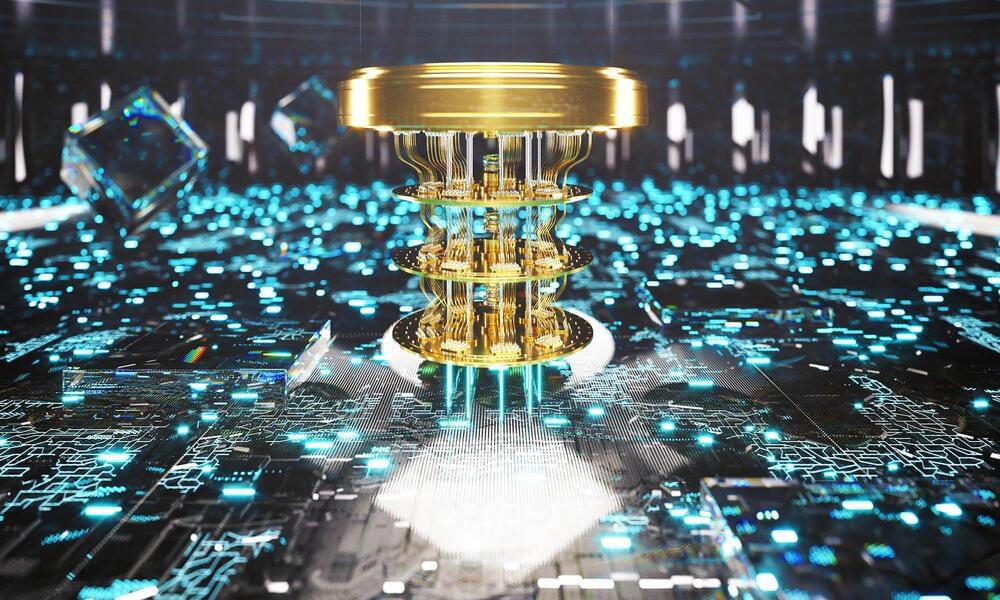Inspired by the materials found in oyster and abalone shells, engineers at Princeton have developed a groundbreaking cement material.





Sinonus uses technology developed at Chalmers University of Technology in Gothenburg, where researchers have been studying the concept of a structural battery using carbon fibre for years.
Massless batteries have been something of a holy grail for energy storage since 2007, because the weight of the battery effectively disappears once it is part of the load-bearing structure. The Chalmers team, led by professor Leif Asp, is one of the few to find a material that works.
Carbon fibre is known for its strength versus weight.



Science and Technology: Some robots could be “eaten” so they could walk around inside the body and perform tests or surgeries from the inside out; or administer medications.
Robots made of several nanorobots joined together could assemble and reassemble themselves inside the body even after being…
Robots and food have long been distant worlds: Robots are inorganic, bulky, and non-disposable; food is organic, soft, and biodegradable. Yet, research that develops edible robots has progressed recently and promises positive impacts: Robotic food could reduce electronic waste, help deliver nutrition and medicines to people and animals in need, monitor health, and even pave the way to novel gastronomical experiences.
But how far are we from having a fully edible robot for lunch or dessert? And what are the challenges? Scientists from the RoboFood project, based at EPFL, address these and other questions in a perspective article in the journal Nature Reviews Materials.
“Bringing robots and food together is a fascinating challenge,” says Dario Floreano, director of the Laboratory of Intelligent Systems at EPFL and first author of the article. In 2021, Floreano joined forces with Remko Boom from Wageningen University, The Netherlands, Jonathan Rossiter from the University of Bristol, UK, and Mario Caironi from the Italian Institute of Technology, to launch the project RoboFood.
Martian messiah.
Story of a Martian messiah.
Stranger in a Strange Land — Robert A Heinlein (Audiobook)

Researchers have devised a new method of building quantum computers, creating and “annihilating” qubits on demand, using a femtosecond laser to dope silicon with hydrogen.
This breakthrough could pave the way for quantum computers that use programmable optical qubits or “spin-photon qubits” to connect quantum nodes across a remote network.
In turn, this creates a quantum internet that is more secure and capable of transmitting more data than current optical-fiber information technologies.